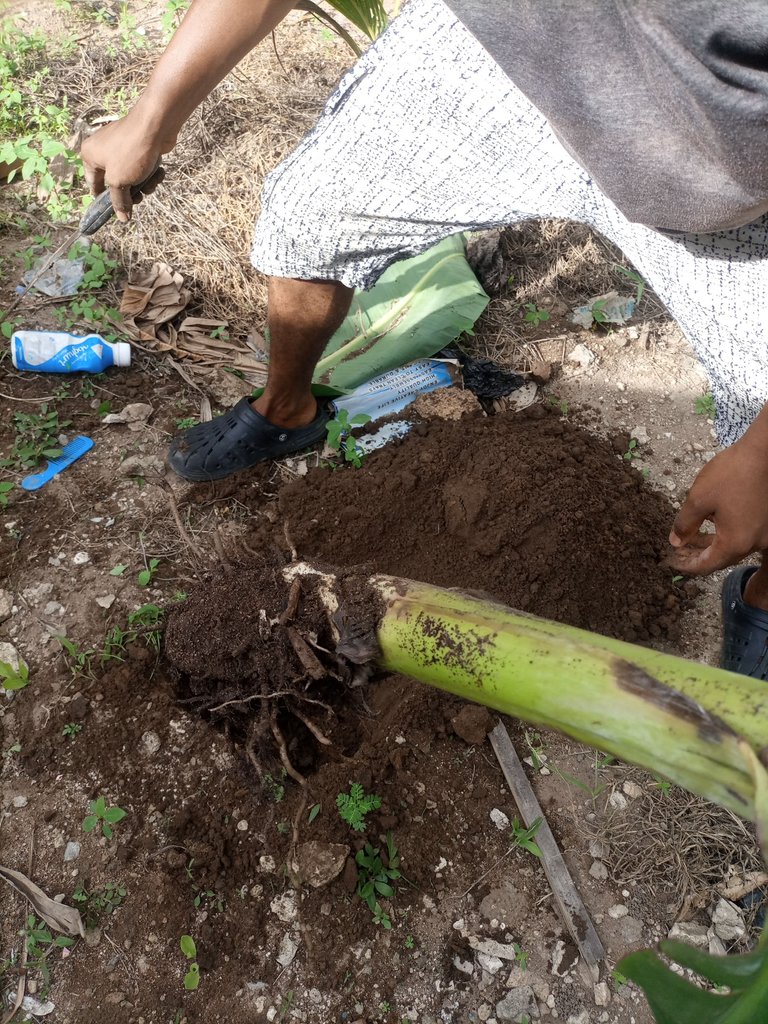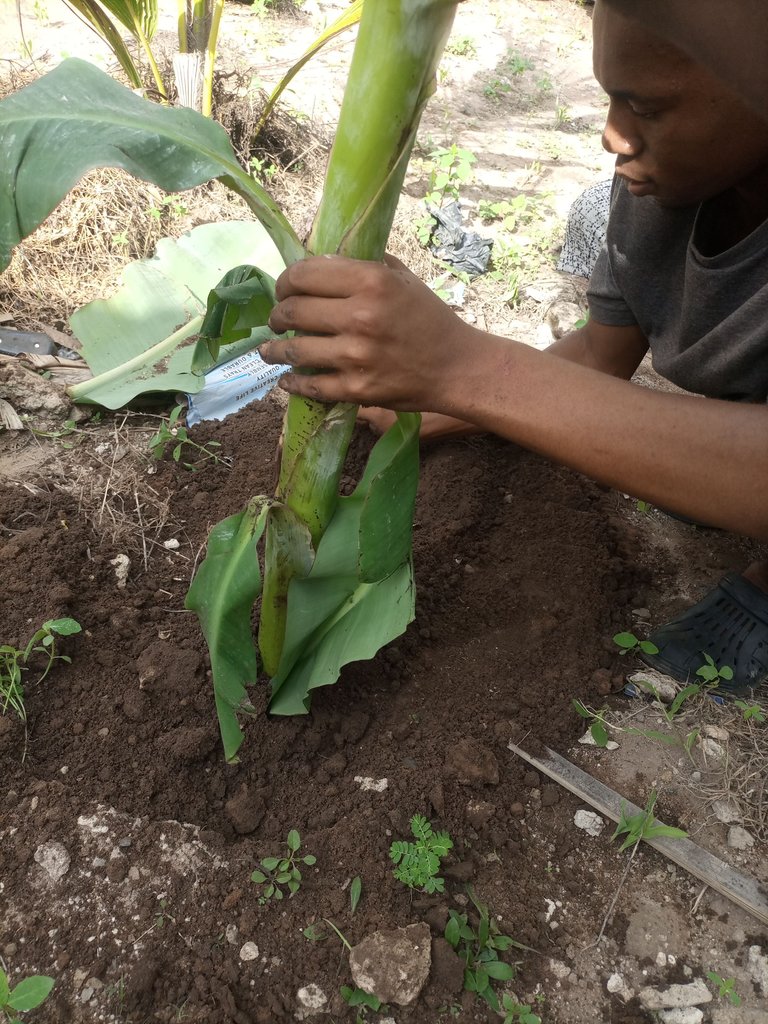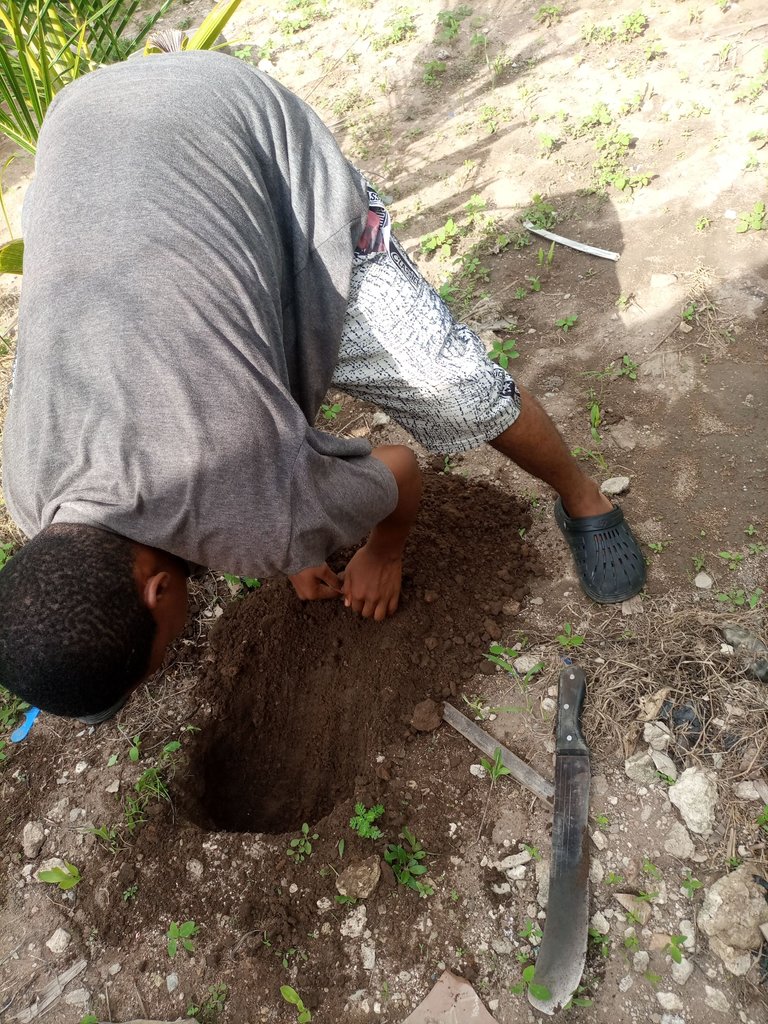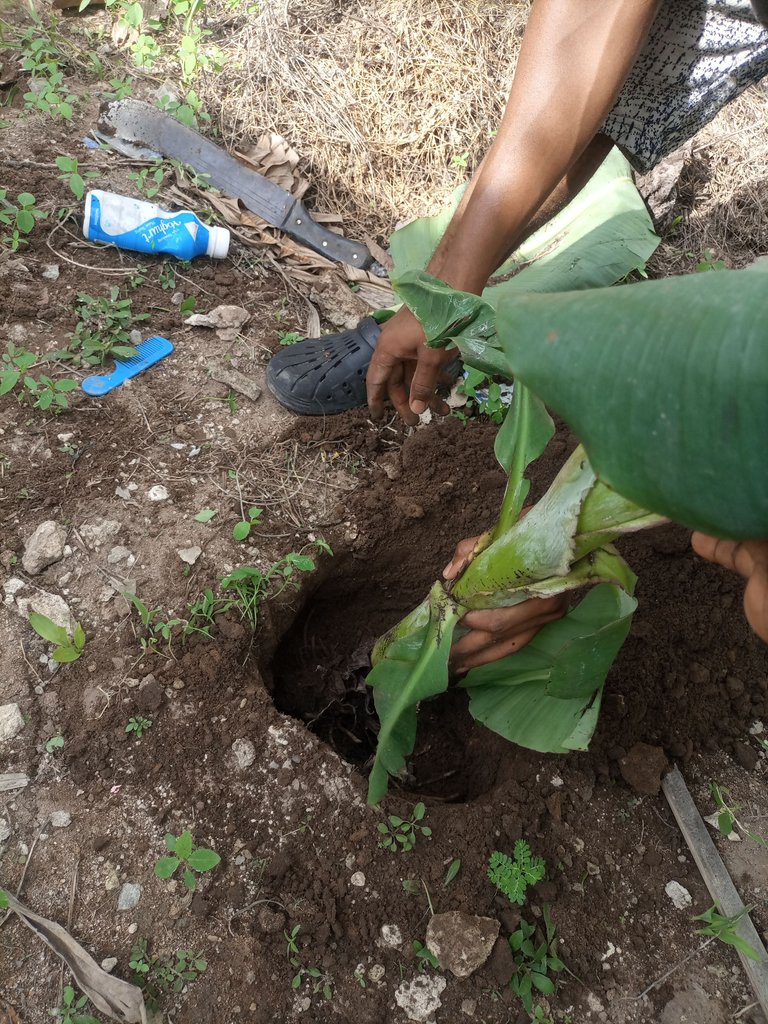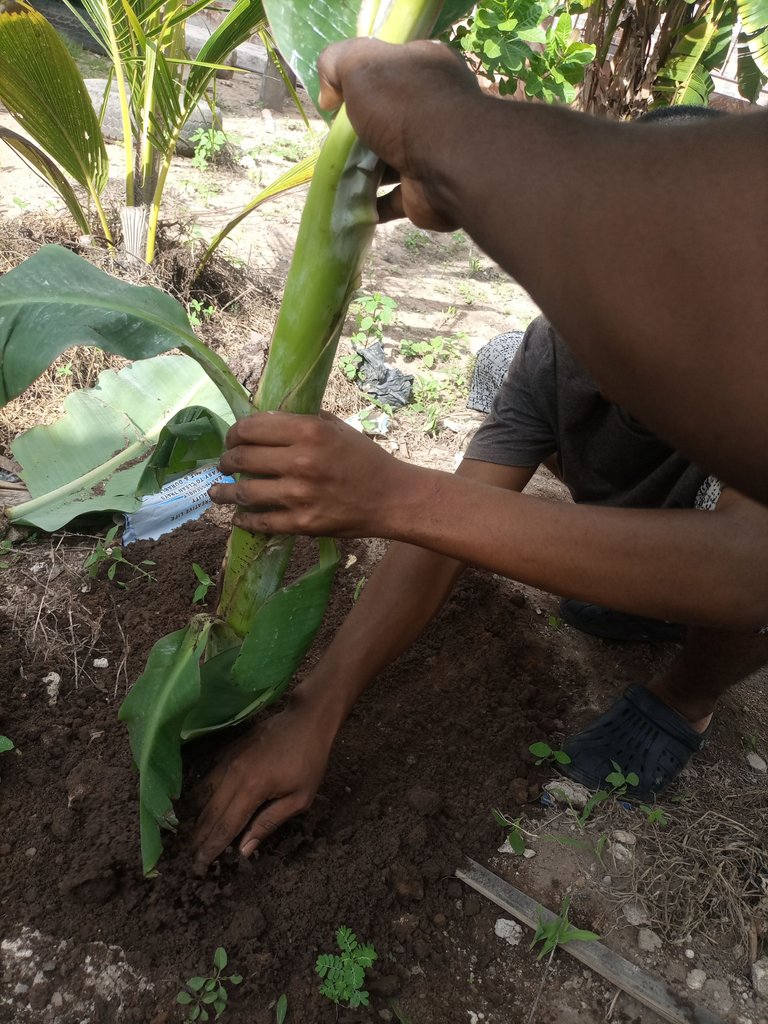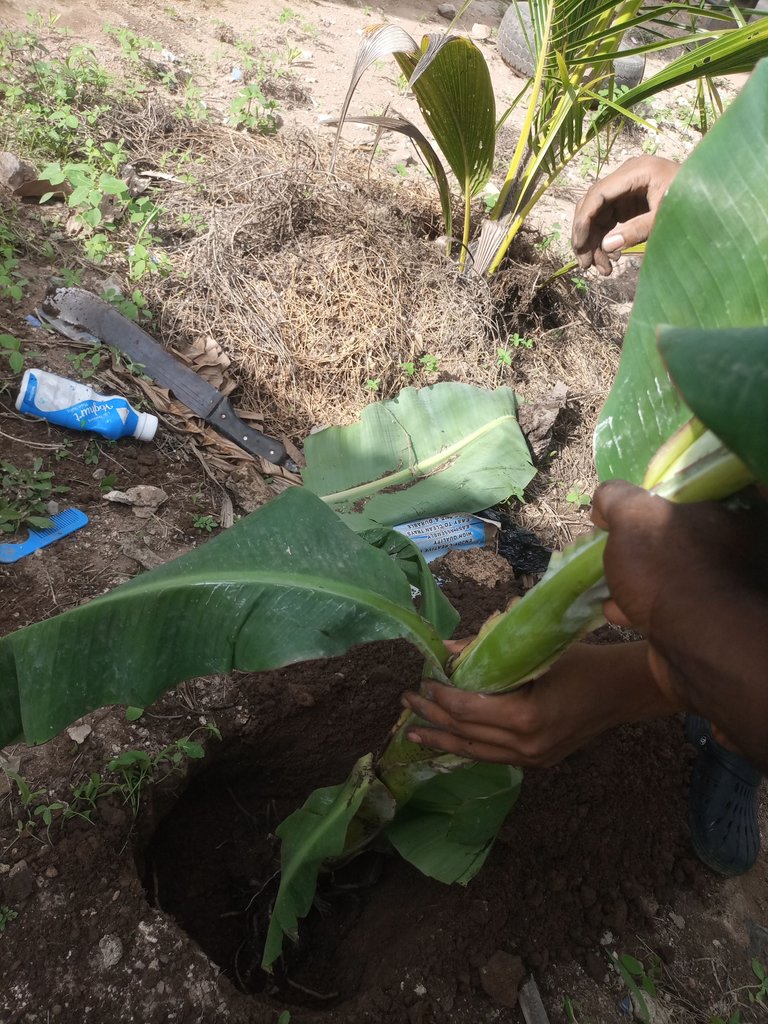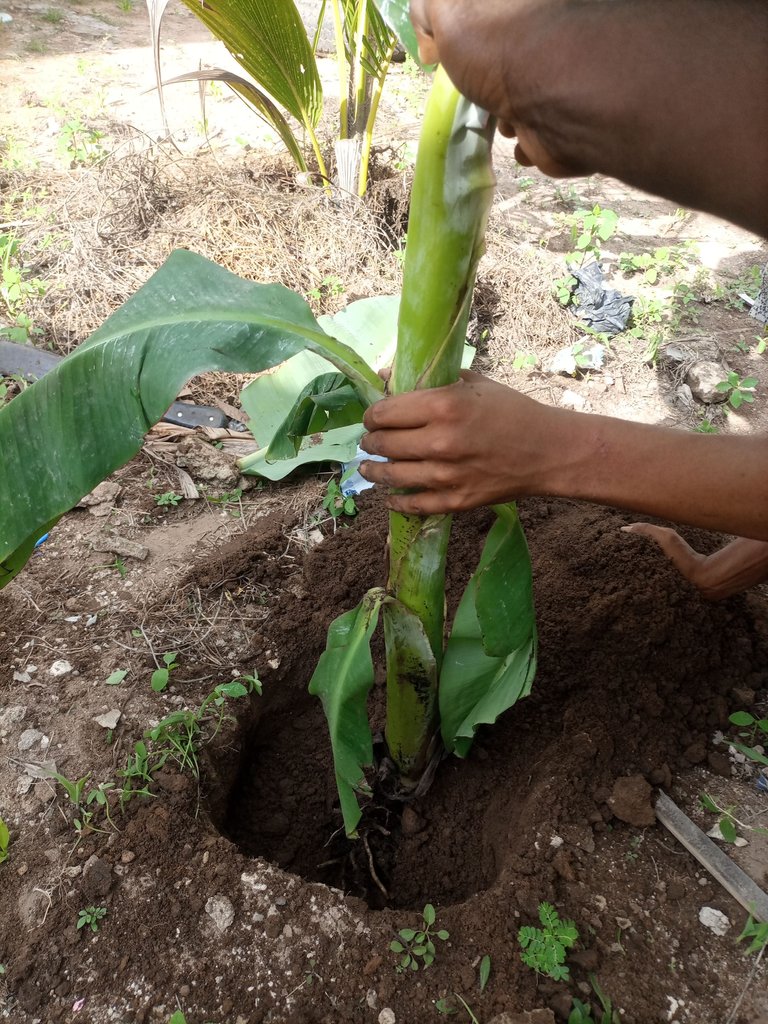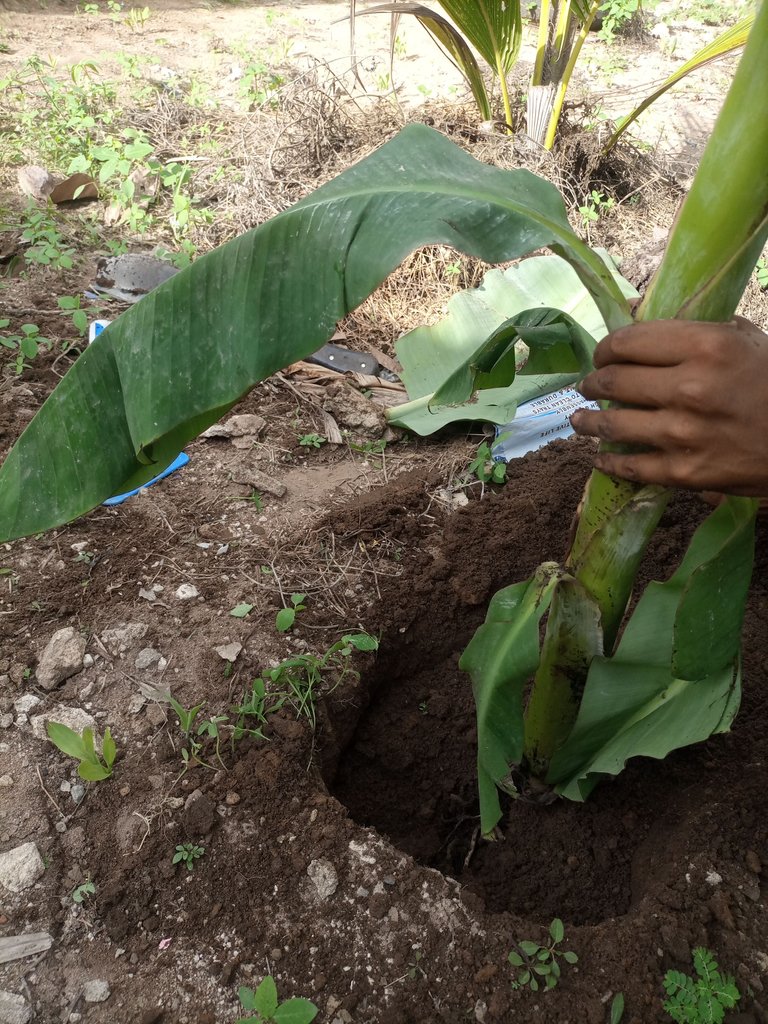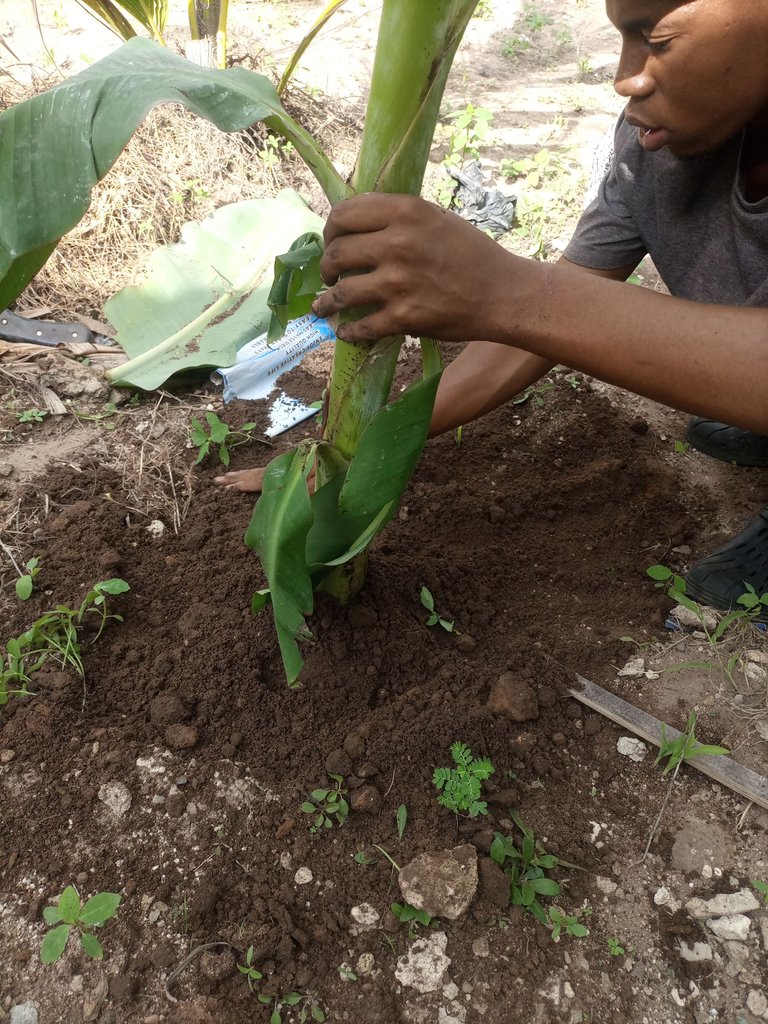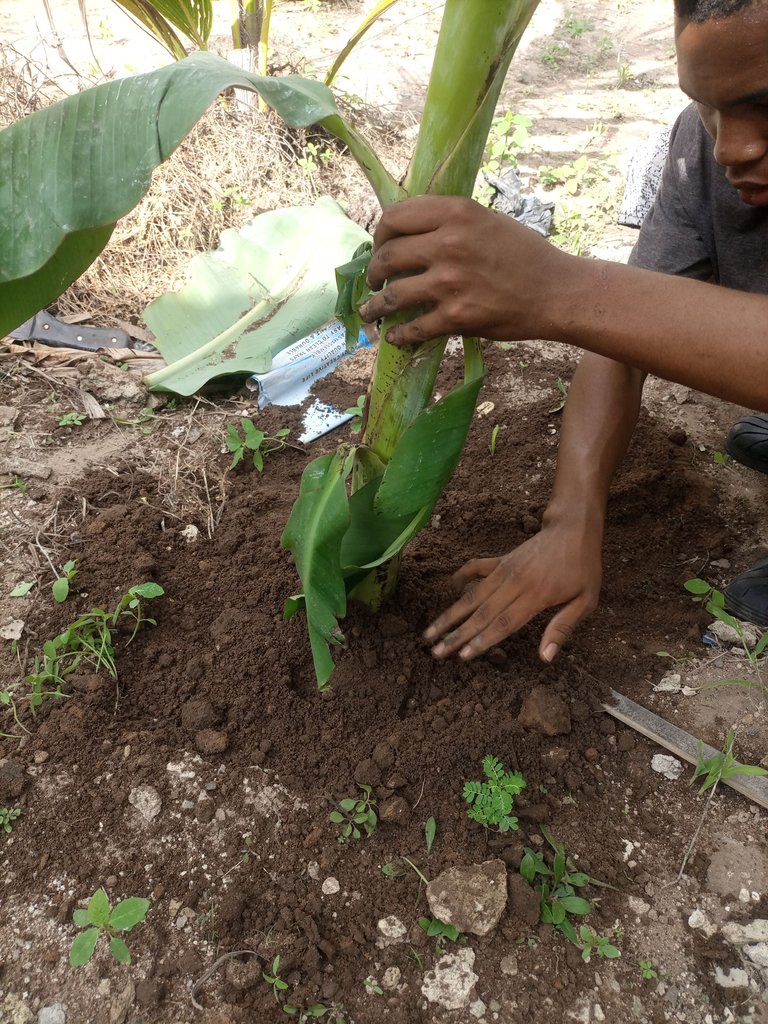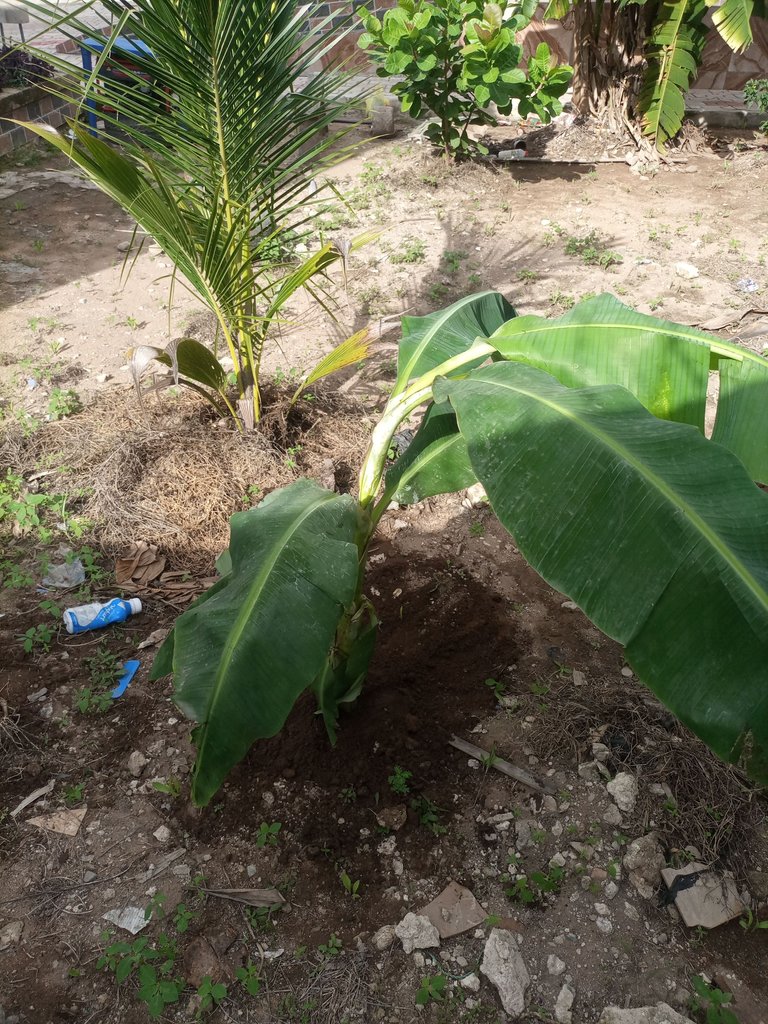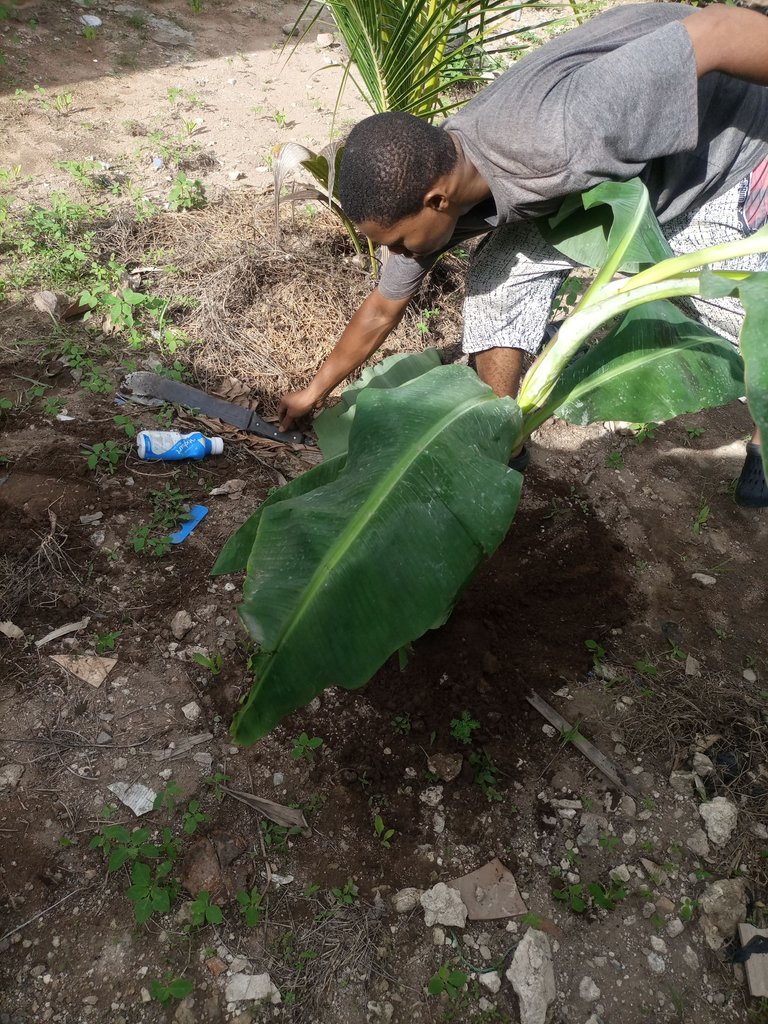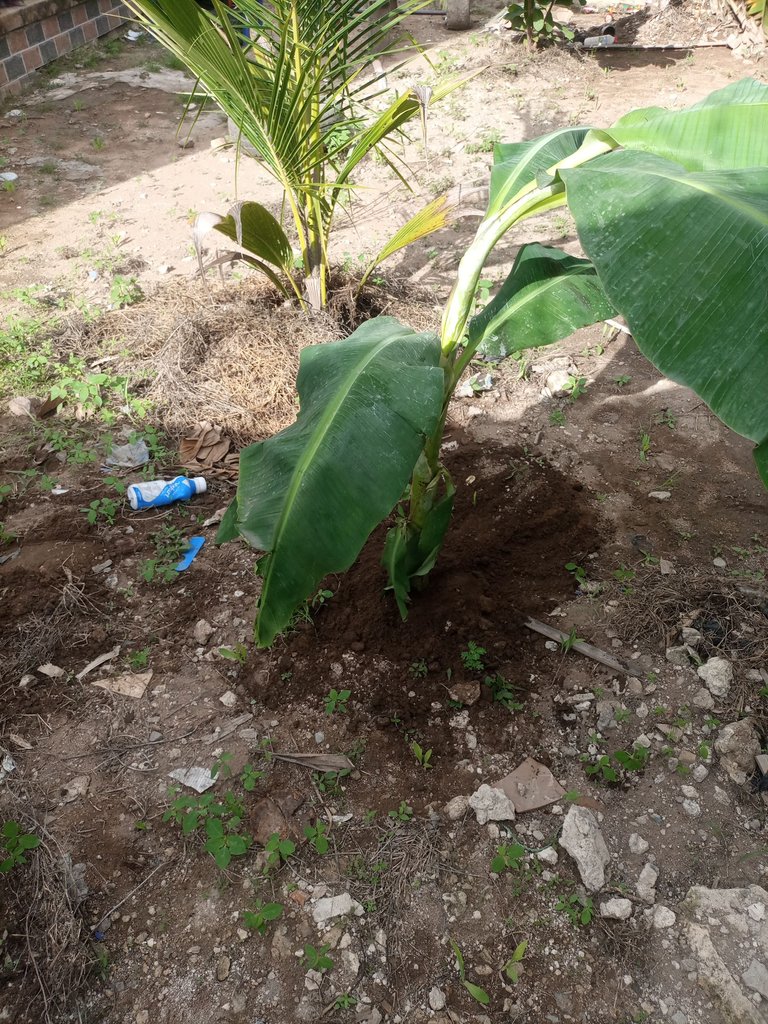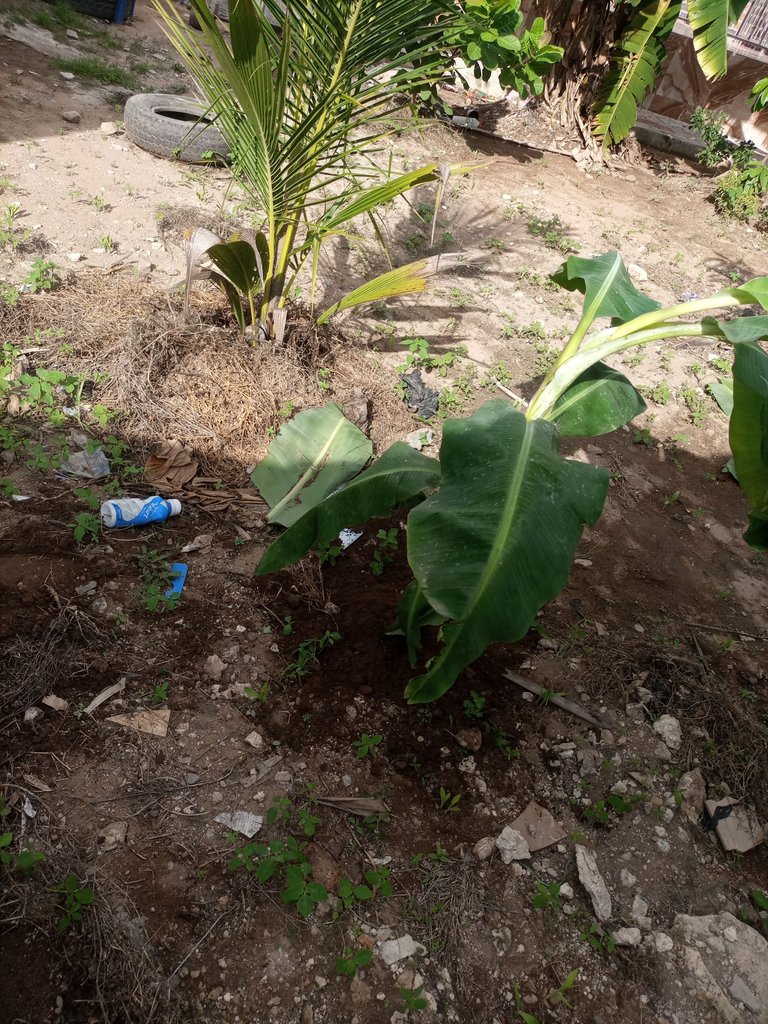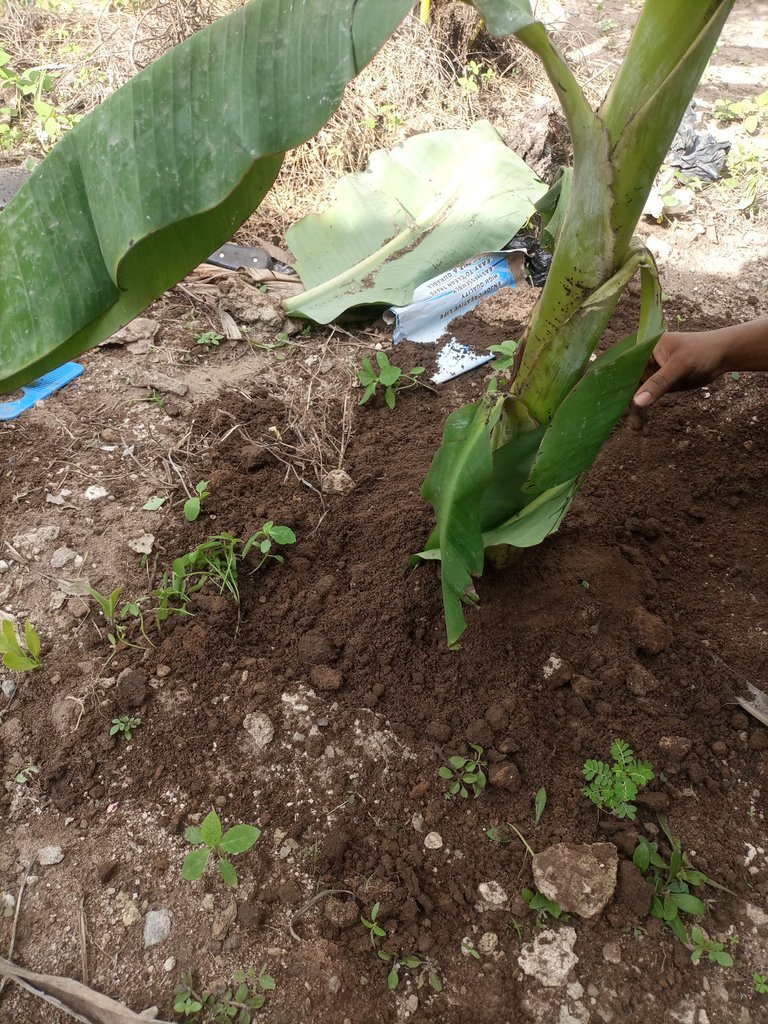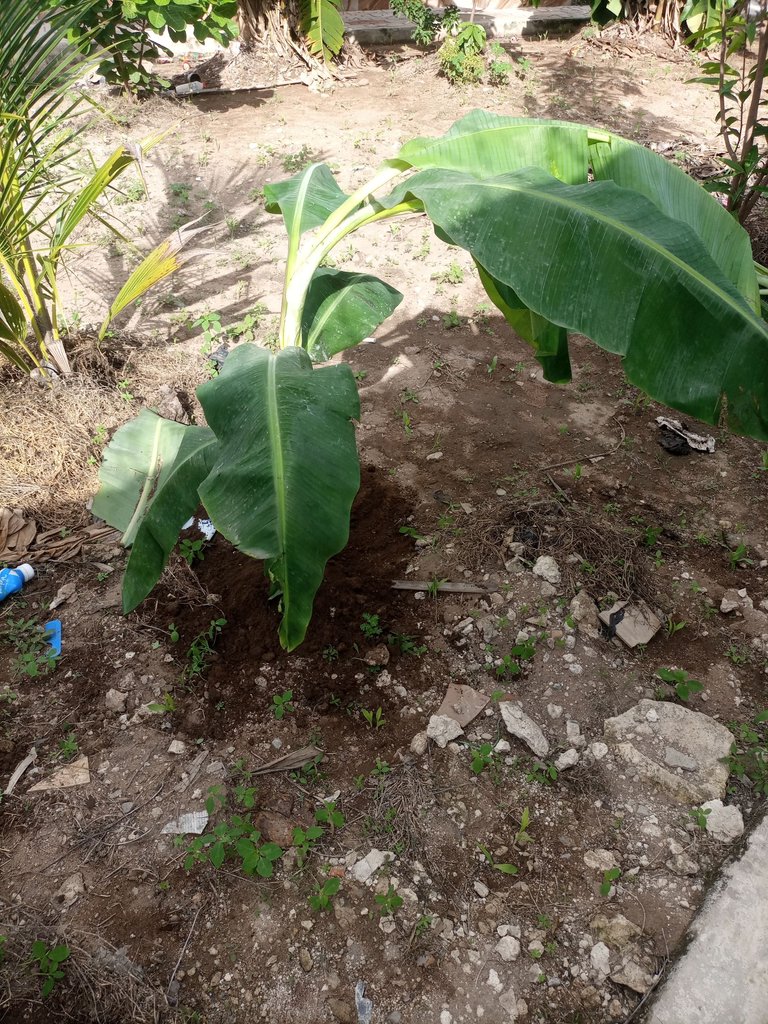
Replanting a plantain tree is an essential task for maintaining its health and productivity. Whether you are a professional farmer or a home gardener, understanding the proper techniques for replanting a plantain tree is crucial to ensure its successful growth and development. I will explore the step-by-step process of replanting a plantain tree, including preparing the soil, selecting the right planting location, and caring for the tree after replanting. Whether you are replanting a mature tree or starting from a young plant, this guide will provide you with the knowledge and guidance you need for a successful replanting experience.
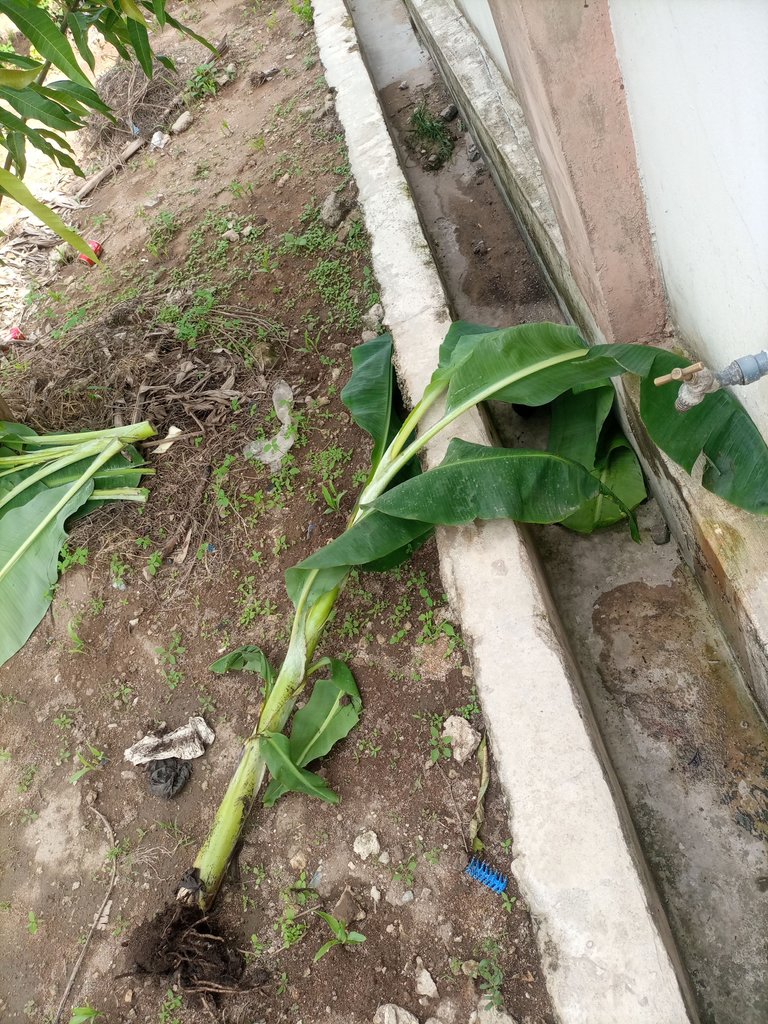
Preparing for the replanting process
Replanting a plantain tree is an important task that requires careful planning and execution. Whether you are replanting a mature tree or starting from scratch with a young seedling, following the proper steps will ensure the success of your plantain tree.
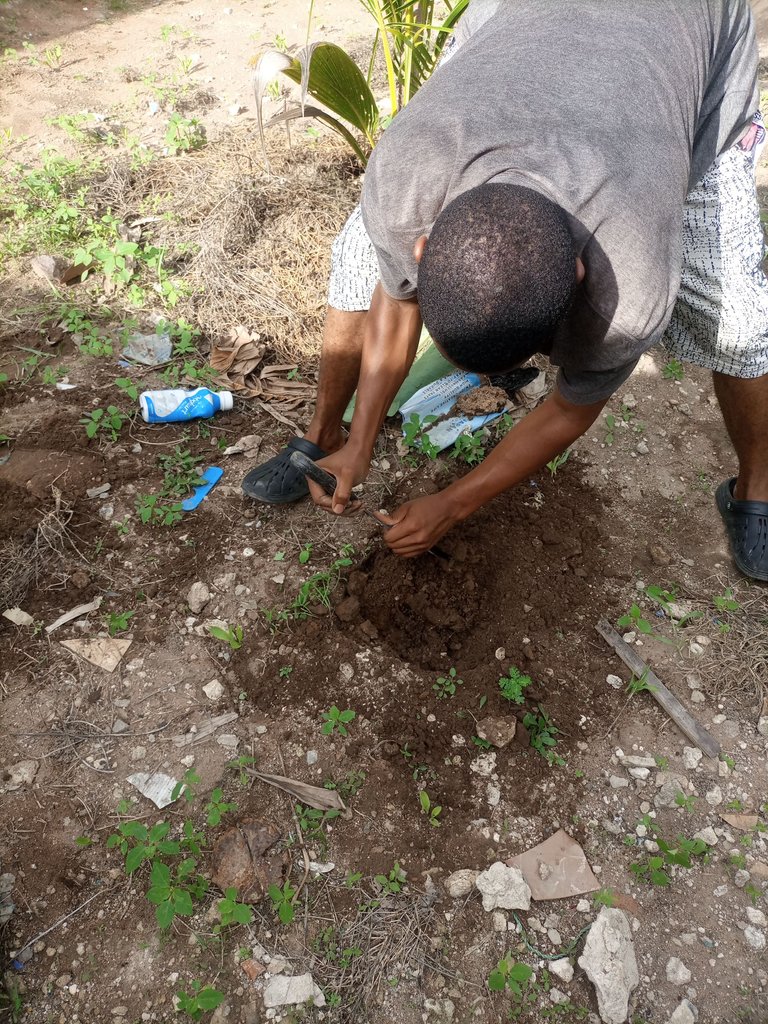
Replanting techniques and tips
First, choose the right location for your plantain tree. Plantains thrive in tropical climates with temperatures ranging between 75-85 degrees Fahrenheit. They also need full sun exposure and well-drained soil. Take into consideration factors such as wind protection and proximity to other plants when selecting the perfect spot.
Next, prepare the soil. Plantains require nutrient-rich soil to grow properly. Prior to planting, amend the soil with organic matter such as compost or well-rotted manure. This will provide the necessary nutrients for the tree's growth.
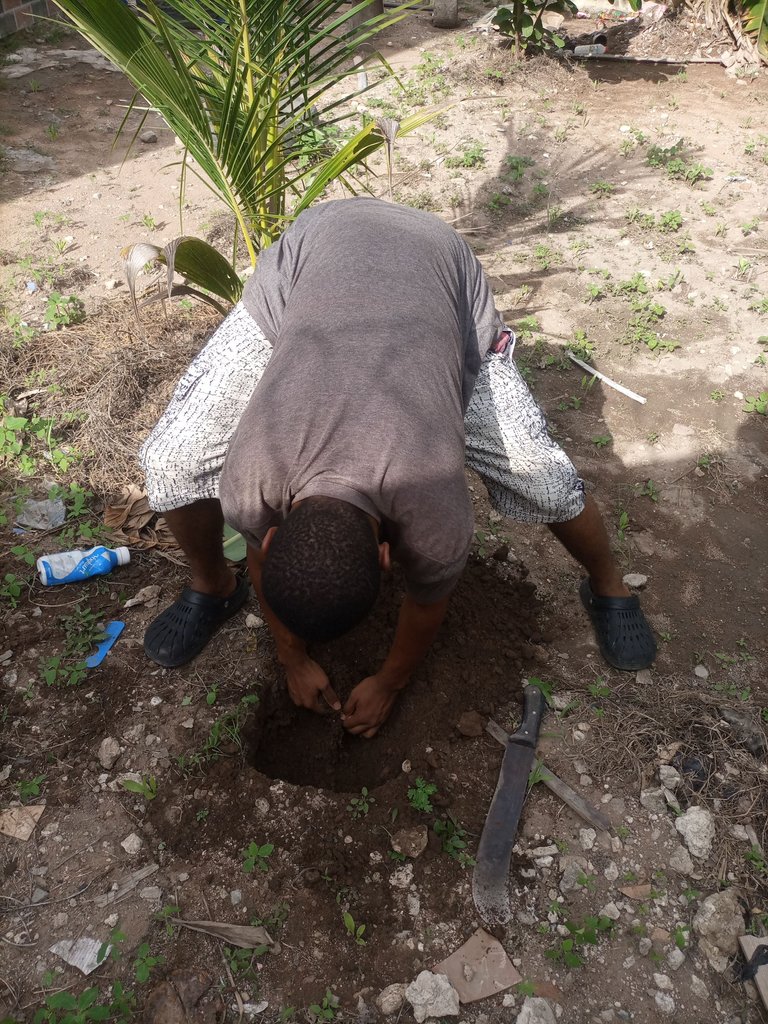
When it comes to planting the tree, dig a hole that is twice as wide and equally as deep as the root ball. Gently place the tree in the hole, making sure that the top of the root ball is level with the surrounding soil. Fill in the hole with the amended soil, gently packing it down to eliminate any air pockets.
After planting, water the tree thoroughly. Plantains require regular watering to establish their roots and thrive. Provide the tree with deep watering sessions every 3-4 days, ensuring that the soil remains consistently moist. Avoid over-watering, as this can lead to root rot and other issues.

To protect the newly planted tree, consider using a mulch layer around the base. This will help retain moisture, regulate soil temperature, and suppress weeds. Organic materials such as wood chips or straw make excellent mulching options.
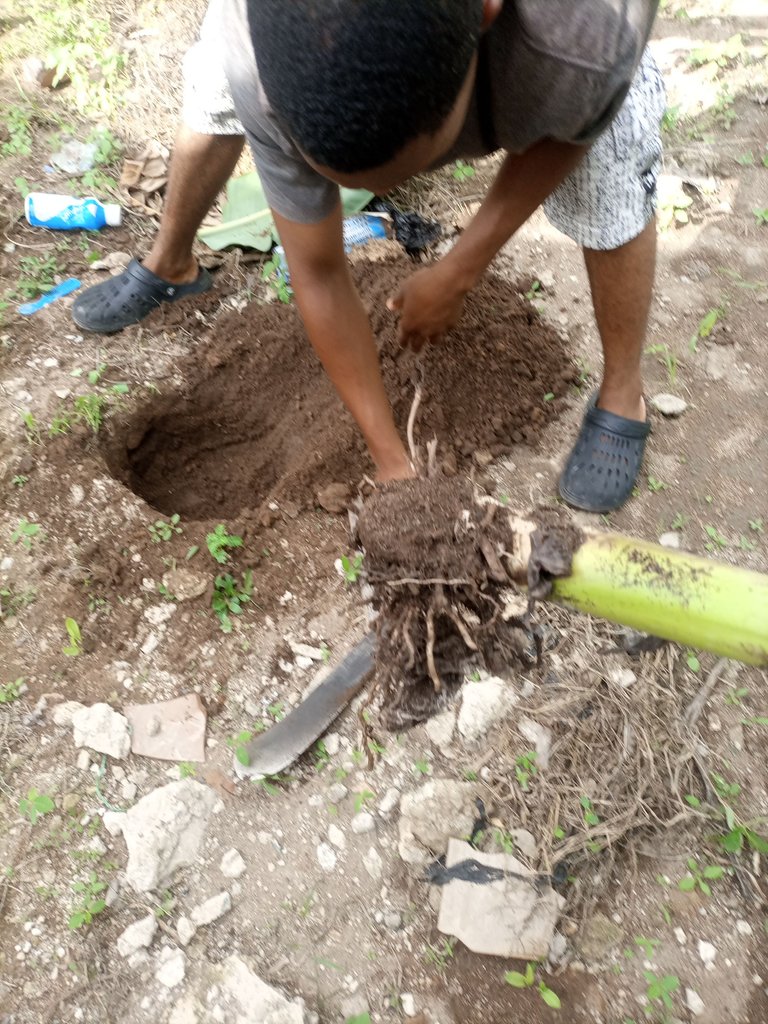
Finally, monitor the tree's growth and provide ongoing care as needed. Regularly check for signs of pests or diseases and take appropriate action if necessary. Prune any dead or damaged leaves to promote healthy growth. Additionally, apply a balanced fertilizer every 4-6 weeks to provide the tree with the necessary nutrients.
Replanting a plantain tree is a task that requires attention to detail and adherence to proper techniques. By following these steps, you can ensure the successful growth and development of your plantain tree.
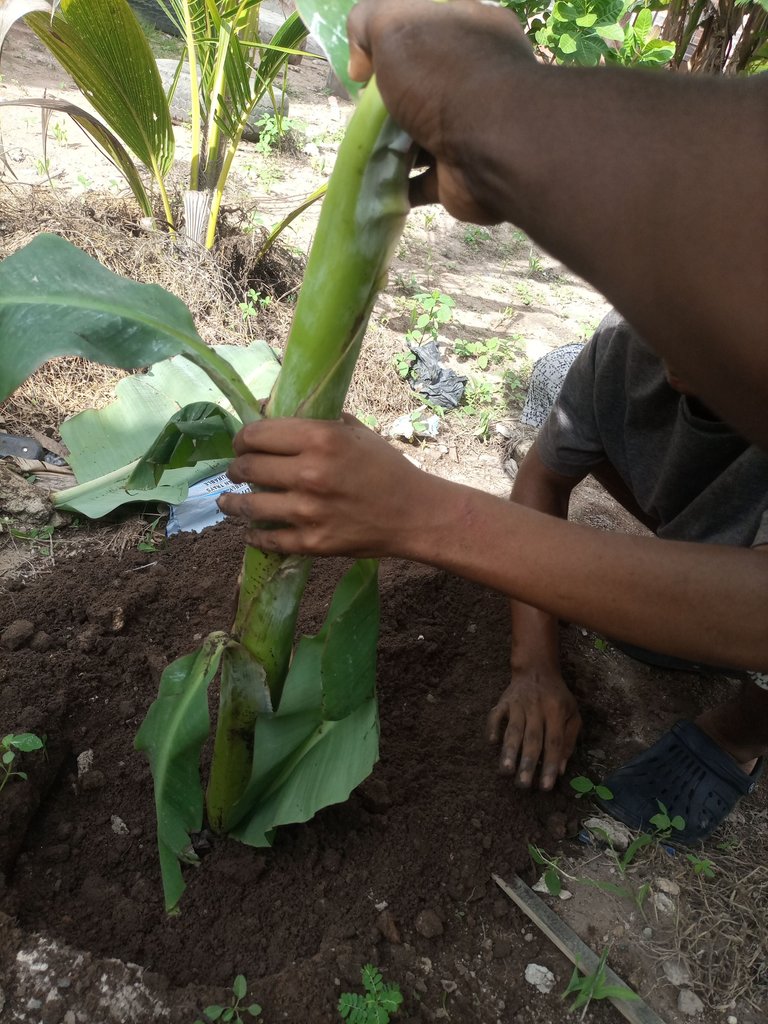
Conclusion: The satisfaction of replanting and watching your plantain tree grow
In conclusion, the satisfaction of replanting and watching your plantain tree grow is a fulfilling experience for any gardener or plant enthusiast. Not only does it provide a sense of accomplishment, but it also offers the opportunity to witness the beauty and growth of nature firsthand.
